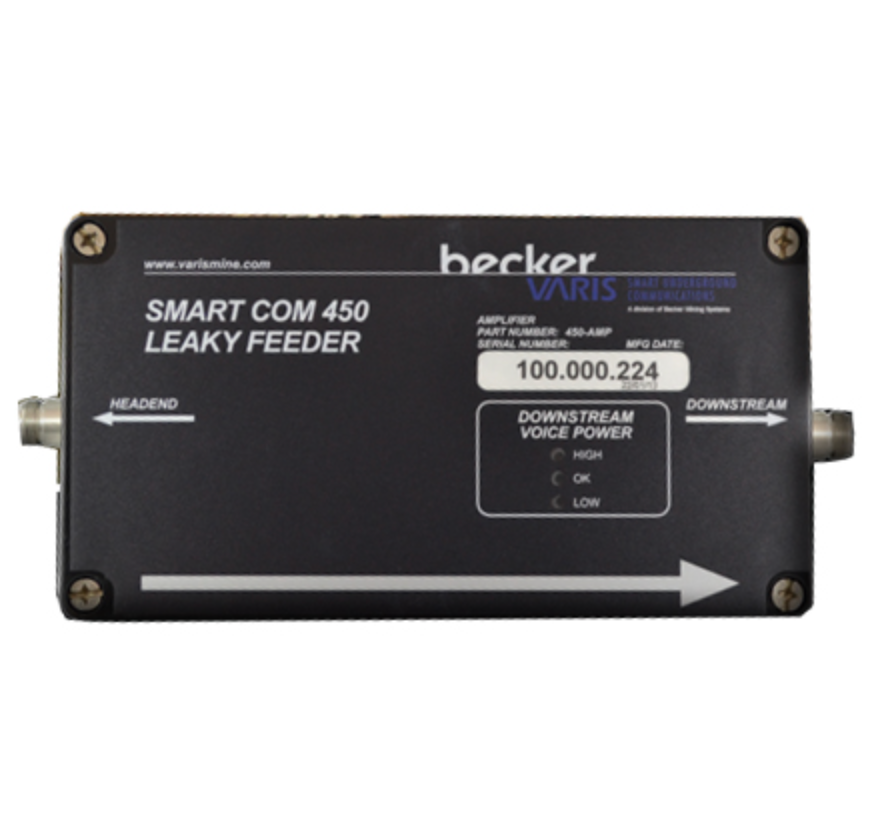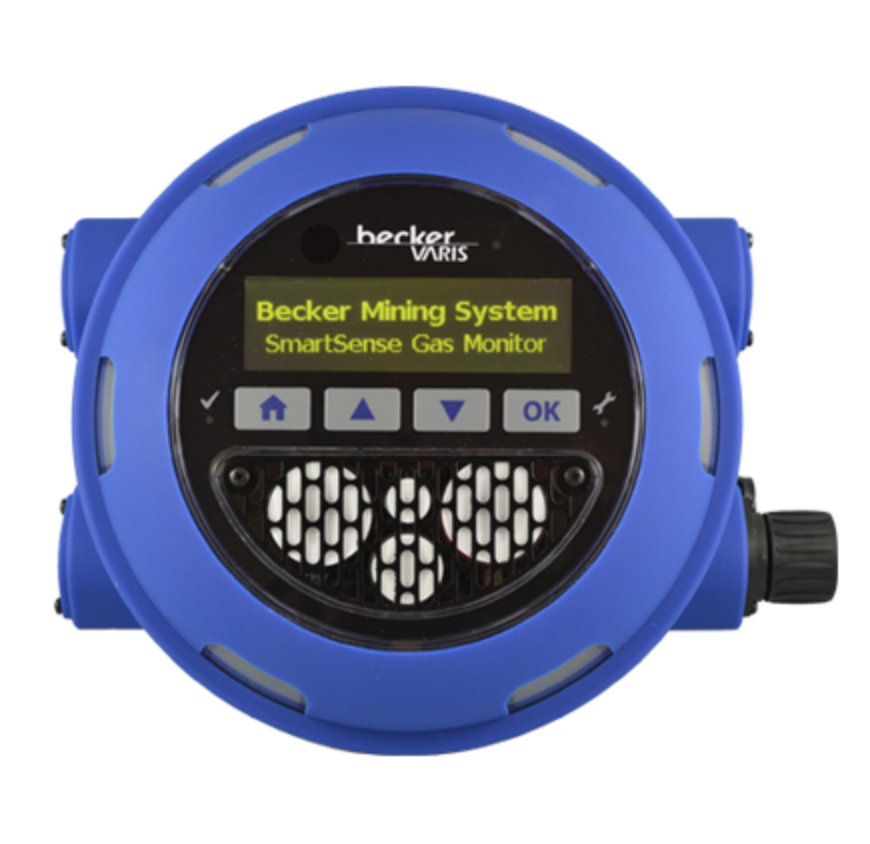The UHF leaky feeder system is designed for rugged outdoor applications where high durability and low power consumption are required. The UHF leaky feeder system is designed to be mounted on a mast or pole and can extend up to 25 feet. As the system is not a mobile device, it extends the transmission coverage area by extending the range of the transmitter antenna.
The UHF leaky feeder still has a WiFi terminal connection for easy configuration management from an Android or iOS phone or tablet that comes with Becker’s Connect app pre-installed.
Becker Communications recently released a powerful UHF Leaky Feeder System with various features that provide for reliability, robust performance, and maintainability. Leveraging off the successful and original Smartcom®, Becker has now provided an option for all mines to access the world’s premium UHF Leaky Feeder System.
The Leaky Feeder System has been designed with the newest technology available in mind. The new system incorporates the same ground-breaking features as its predecessor, including configurable channel spacing and robust repeat-beaming technology. Unlike some competitive offerings, LEAKY FEEDER uses the latest high-performance modems designed for reliability, resulting in fewer down days and lower maintenance costs.
Leaky Feeder has been a game-changer for us, allowing us to regain control of our communications. The DEPTH™ technology was initially launched in 2010 and has helped over 40% of our customers achieve the highest level of performance possible in their environments. The new LEAKY FEEDER system will provide an option for all mines to access the world’s premium UHF LEAKY FEEDER System,
Features of New UHFLEAKY FEEDER System by Becker Communication
- Configurable channel spacing (either 2MHz or 4MHz) with or without repeat-beaming technology, giving users the flexibility to adjust their radio systems based on individual requirements.
- Designed for ease of installation in all types of mining environments, including hard rock mines and deep underground mines. Using a newly developed remote interface adapter, the new feeder system can be installed from an outside controller/monitor location rather than running cable through the mine’s ground system.
- Offers a standard HS1177 protocol (AMBE II) and utilizes the latest high-performance modems specifically designed for reliability.
- The new UHF LEAKY FEEDER System offers the best performance and reliability available, requiring fewer repeat-beams than competitive offerings.
- Offers the same reliability engineering and design as our existing Smartcom product line (including DEPTH™ technology), resulting in fewer down days for customers.
The Becker team is excited to be able to offer another option for our customers to get the most out of their communications system.
How the Becker Communication’s UHFLEAKY FEEDER System is unique from other leaky feeder systems in the market?
- Repeat-beaming technology specifically designed to work even in the most challenging environments and mine conditions.
- A proprietary remote interface adapter that allows for easy installations in hard rock mines and deep underground mines.
- The UHF LEAKY FEEDER System offers configuration options such as 2MHz or 4MHz channel spacing, depending on the customer’s needs.
- No one likes to be dependent on a single source for communication. Our customers appreciate the redundancy we offer, and they know that this redundancy is of outstanding reliability. The new standard UHF Leaky Feeder System allows users to have that same reliability in every element of their operations.
About Becker Communication
Becker Communication Ltd. is the world’s leading supplier of Plug-N-Play transmission systems for use in the mining and oil and gas industries. Leveraging off the success of Becker’s original Smartcom® software, Becker has gained a reputation for innovation and exceptional performance.
Becker’s product solutions are designed to provide customers with an industry-leading total cost of ownership. By leveraging the latest technology and utilizing proven design techniques, Becker is able to eliminate costly downtime and unreliability issues. If you would like to learn more visit our home page or contact us today!

